
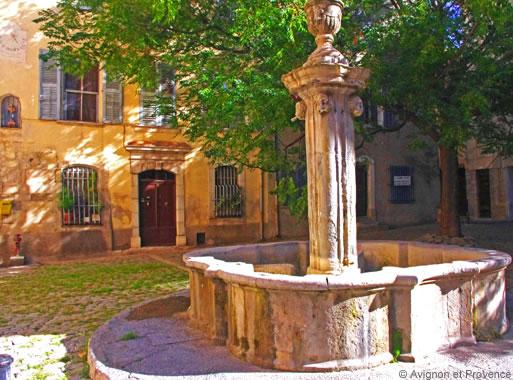
Brignoles is the capital of the Centre-Var and an ideal place from which to go out and visit the vineyards and small Provençal villages of the Provence Verte.
Brignoles was already a favoured spot in the 13th century when the Counts of Provence converted the old 11th century citadel at the top of town into their summer residence and the place where the Countess gave birth.
Today, the castle houses the Museum of the Pays Brignolais. But the best way to discover, or rediscover, Brignoles is by visiting it on foot.
About ten years ago, Brignoles was subject to a rehabilitation project and underwent an excellent face-lift. The old quarters date from the Middle Ages to the 17th century. You can start by a tour of the ramparts before heading into the historic centre. Old stone houses, 11th and 12th century chapels, the 17th century church and the many fountains give Brignoles all its charm of the past. You can then finish your tour on the terrace of one of the cafés or restaurants on the Place Caramy.
Here, every Wednesday morning a small Provençal market takes place.
But the big market, well-appreciated in the region for its colours, fragrances and the variety of the products, and the organic market take place every Saturday morning on the Place Général de Gaulle, in the new quarter that also has all the shops and businesses you need for a longer stay here.
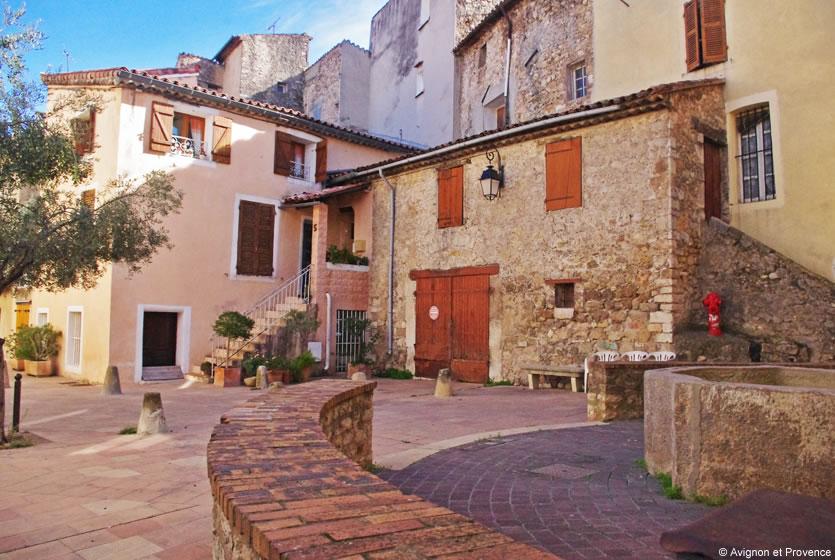
Place Robinet in Brignoles
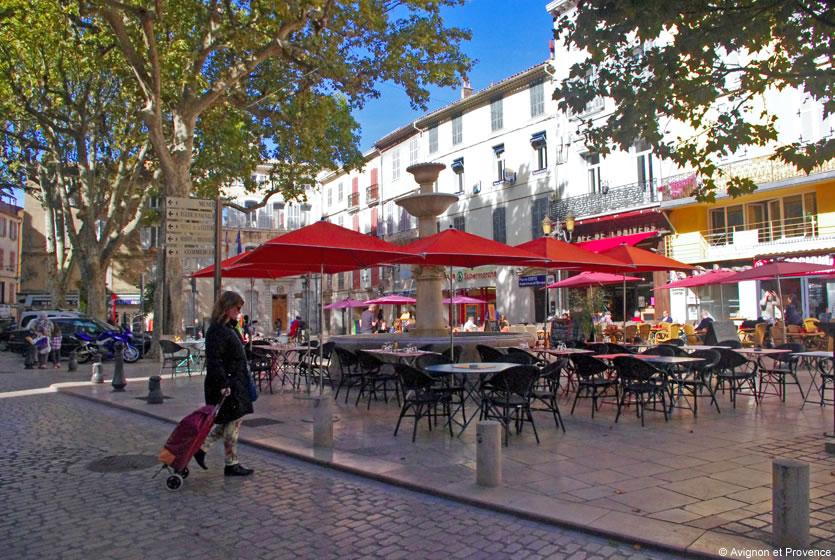
Caramy Place in Brignoles
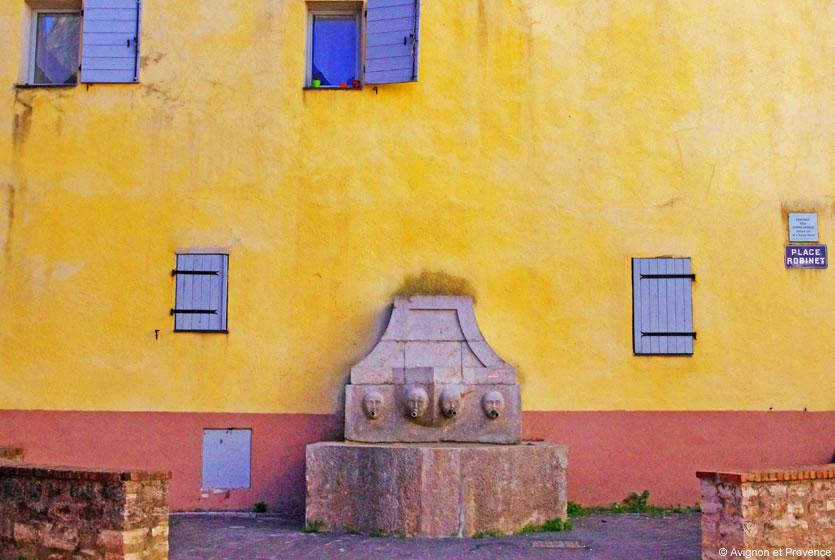
Four Seasons fountain in Brignoles
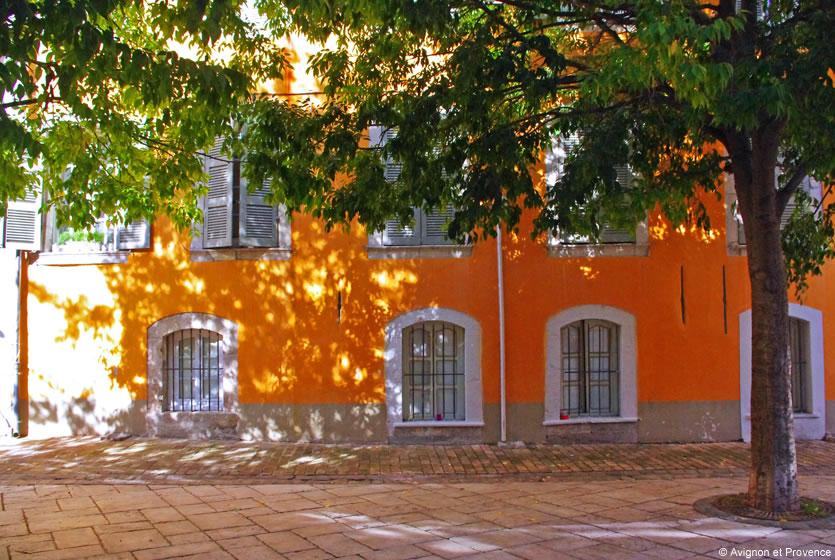
Colourful façade on the Place des Comtes de Provence in Brignoles
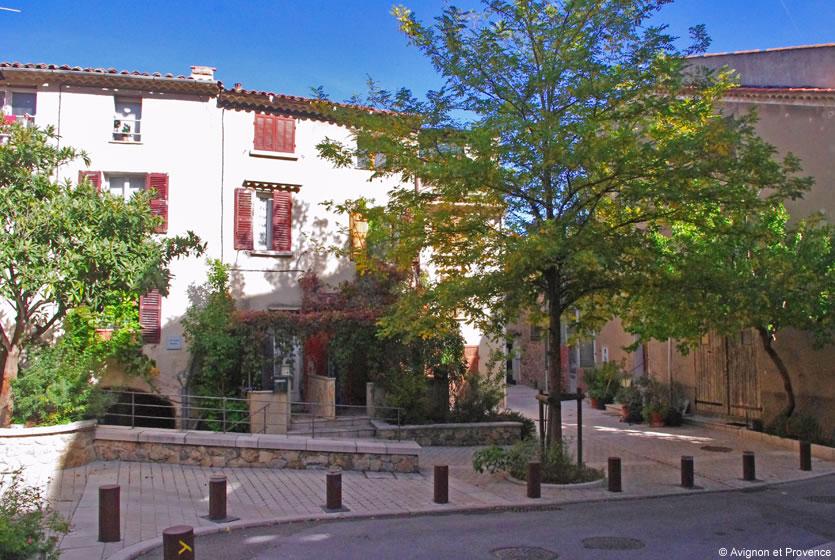
Communal ovens in Brignoles
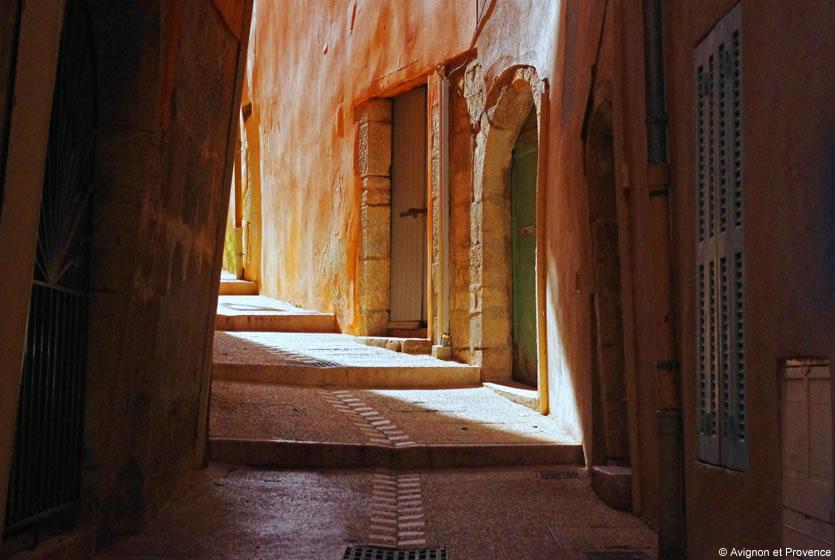
Little streets in Brignoles
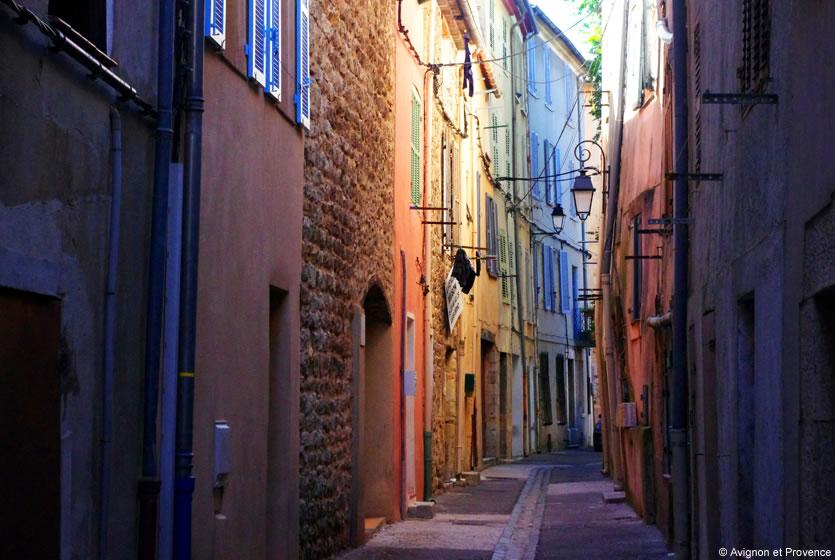
Colorful facades in the streets of Brignoles
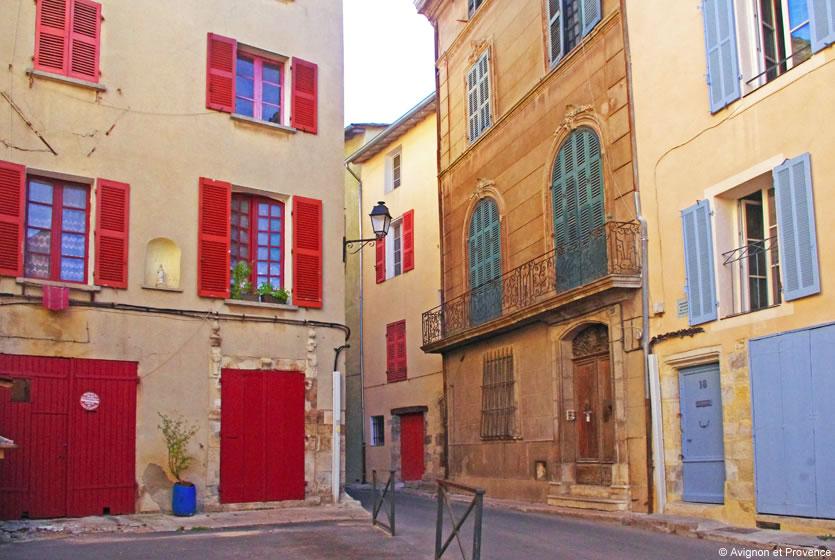
Colorful facades of the streets of Brignoles
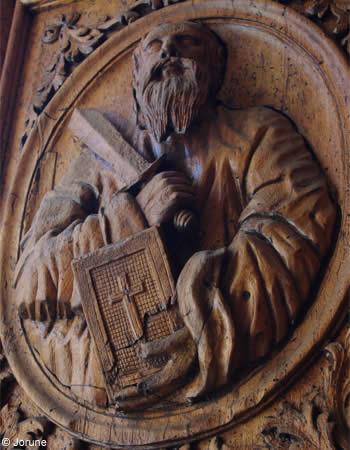
- The Museum of Popular Arts and Traditions, situated in the former Palace of the Counts of Provence, houses a Gallic sarcophagus from the 2nd or 3rd century, the oldest in the Christian world.
- The Saint Sauveur Church
Formerly the Church of Notre Dame, it was consecrated in 1056 and belonged to the Abbey of La Celle.
The different architectural styles testify to the various alterations made to the edifice over the centuries.
The door to the church, of Romanesque inspiration, was restored in the 19th century.
The two wooden panels, inventoried with the Historic Monuments Society, date from the late 17th century. Each one bears an oval medallion, one showing Saint Peter holding the key and the other showing Saint Paul holding the sword.
- the Hotel d'Epernon and the St-Jean Hospice from the 16th century
- the 17th century Town Hall'
- the Hôtel de Clavier (13th to 18th century)
- the Cavaillon Tower
- the Huguenots' Stone
Following the enactment of the Edict of Amboise in 1563, which again authorized the Huguenots' religion, a detachment of soldiers made a stopover in Brignoles on the evening of August 28, 1563. The town provided the supper for 170 men on horseback and 180 infantrymen.
The engraved inscription commemorates this event: "on August 28, 1563 the Huguenots came here".
Every year around mid-August, the city organises the Medieval Days with street theatre, craftspeople and taverns on the squares and streets of the old town.

Gallic sarcophagus - Museum of the Pays Brignolais
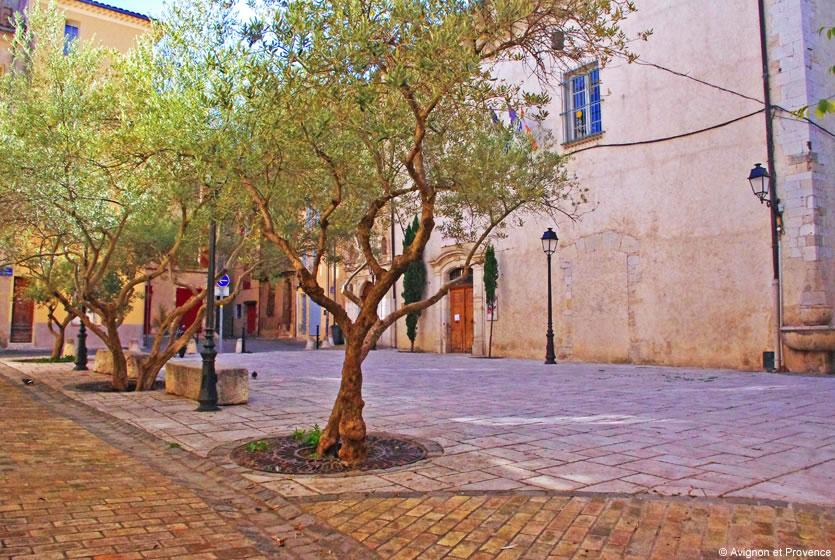
Comtes de Provence place in Brignoles
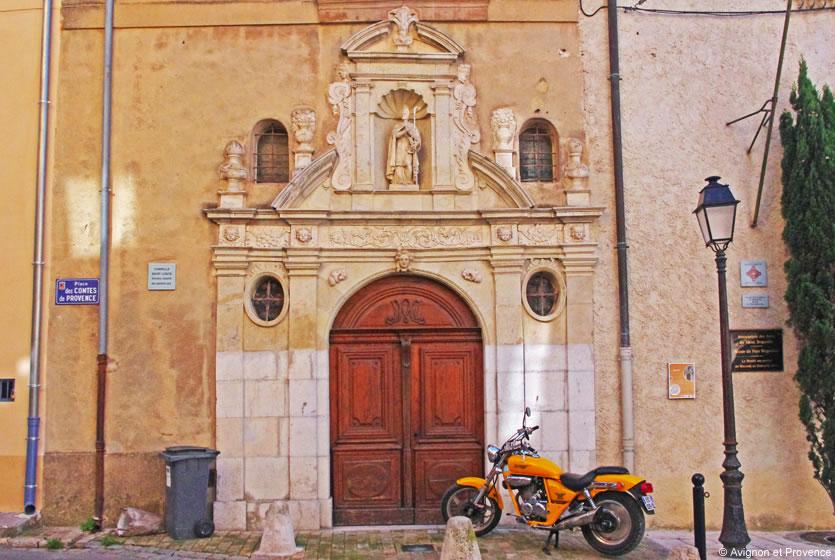
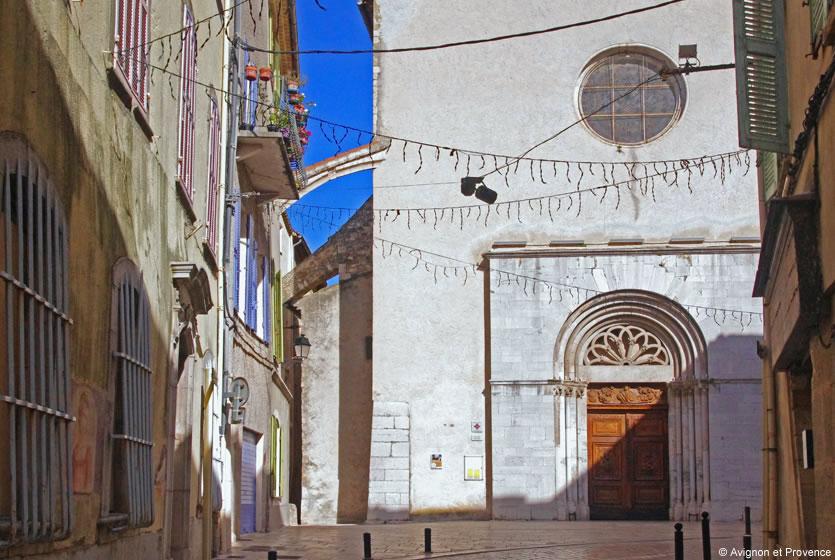
Saint Sauveur Church in Brignoles
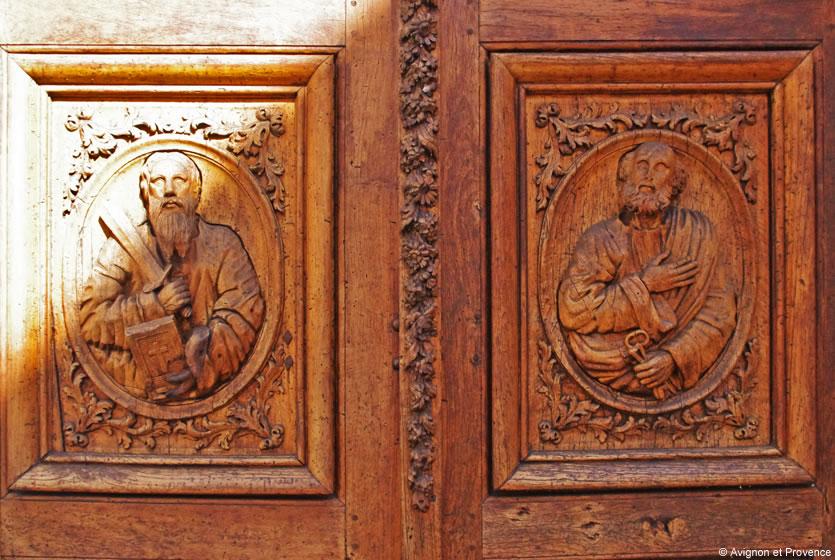
The wooden panels of the Saint Sauveur Church in Brignoles
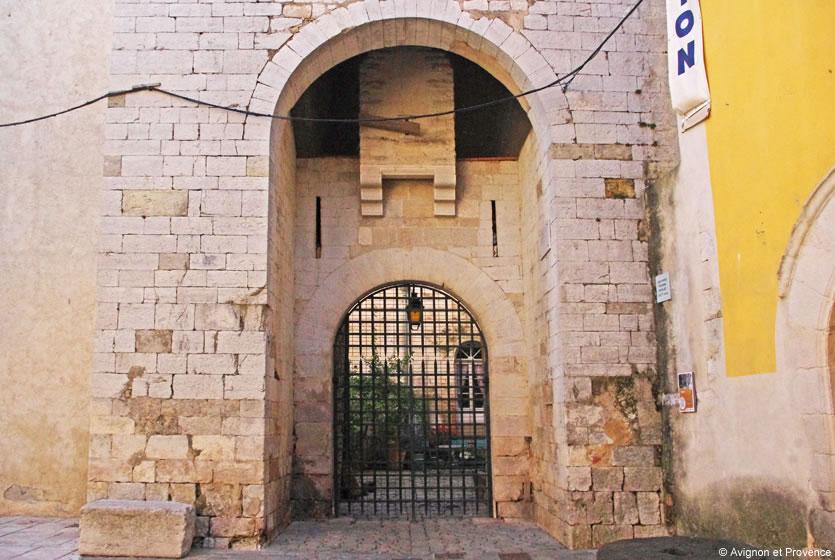
Brignoles the former Royal Prisons
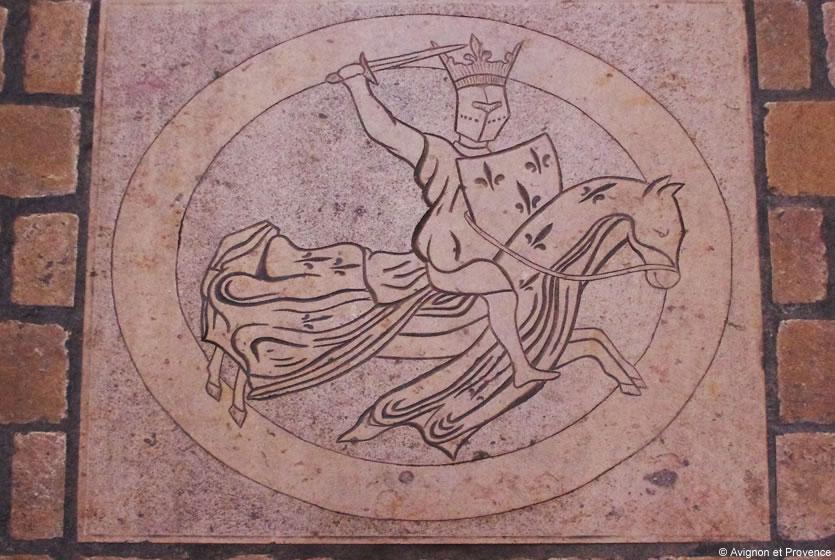
Brignoles - City of the Counts of Provence
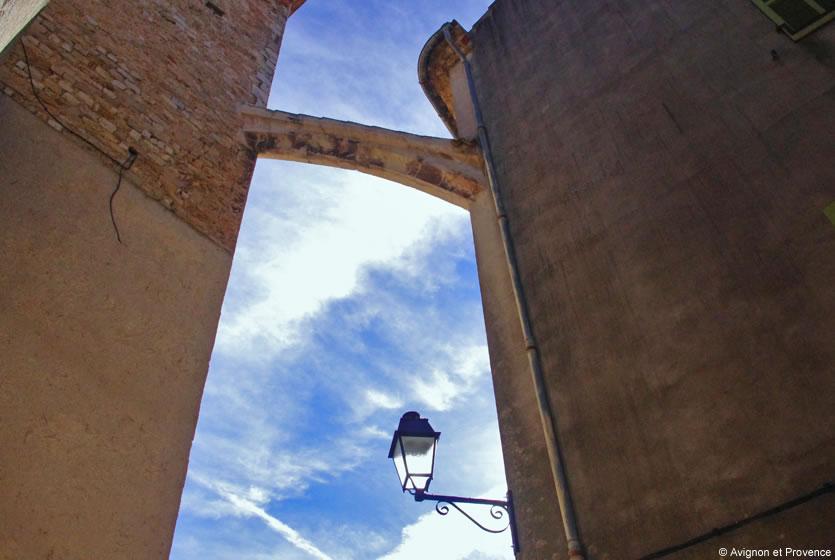
Brignoles - Support arch
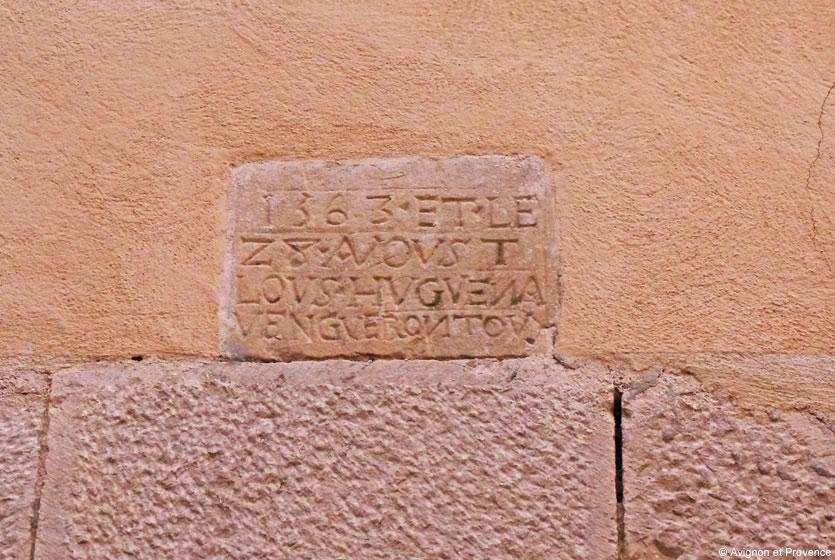
The Huguenots' Stone in Brignoles
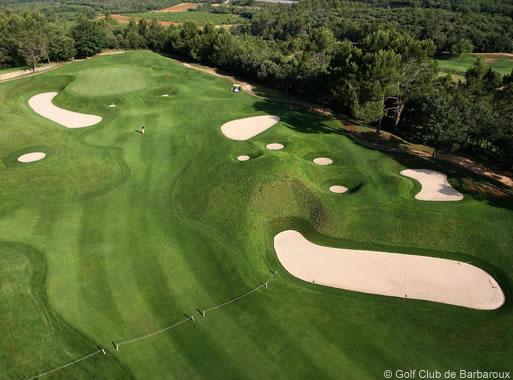
- the Abbey of la Celle, 2 km away, a 13th century Benedictine convent. The Prioress's house (17th century) has been transformed into a hotel but you can still visit the abbey church, the cloisters, the chapter house and the refectory.
- the Barbaroux golf course, classed among the forty best golf courses in Europe
- the sight-seeing train of the centre-Var that links Brignoles to Carnoules.
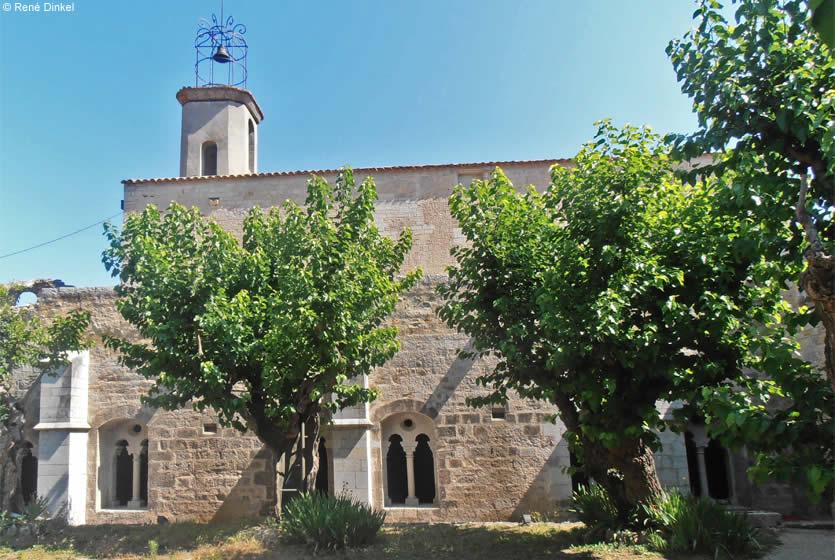
The Abbey of la Celle, Brignoles
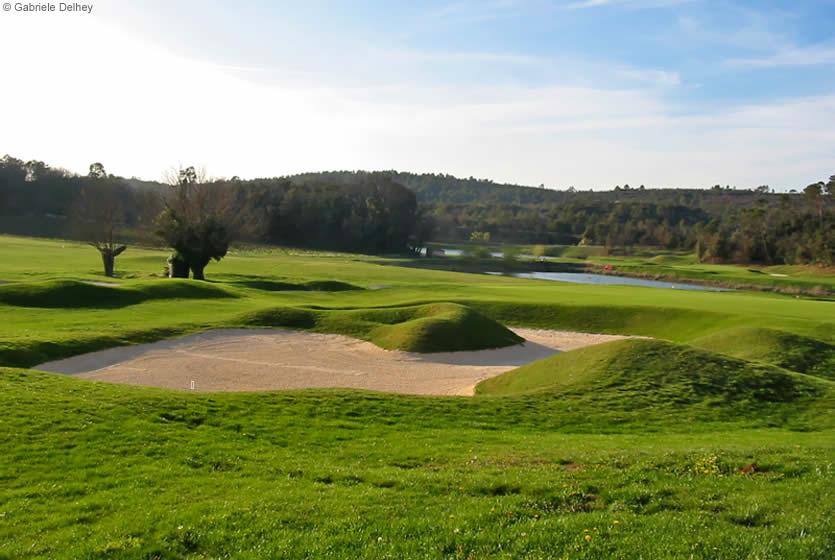
The Barbaroux golf course
Art of living
Gastronomy, markets of Provence, regional products, Christmas traditions, celebrities of Provence....
Where to sleep?